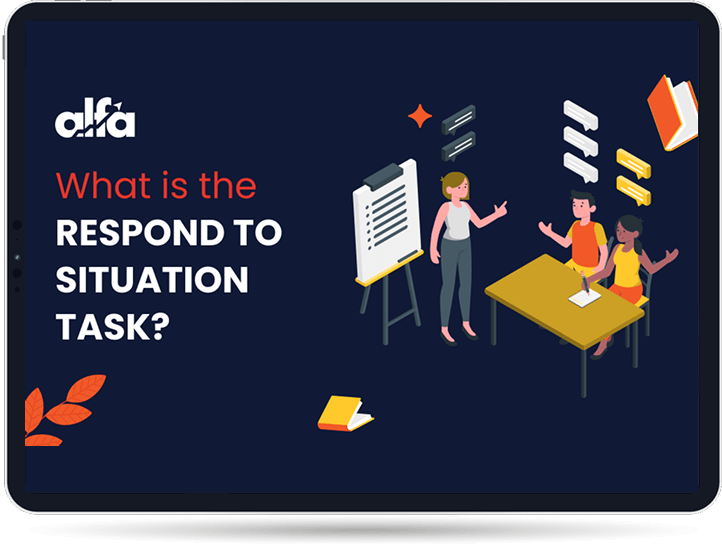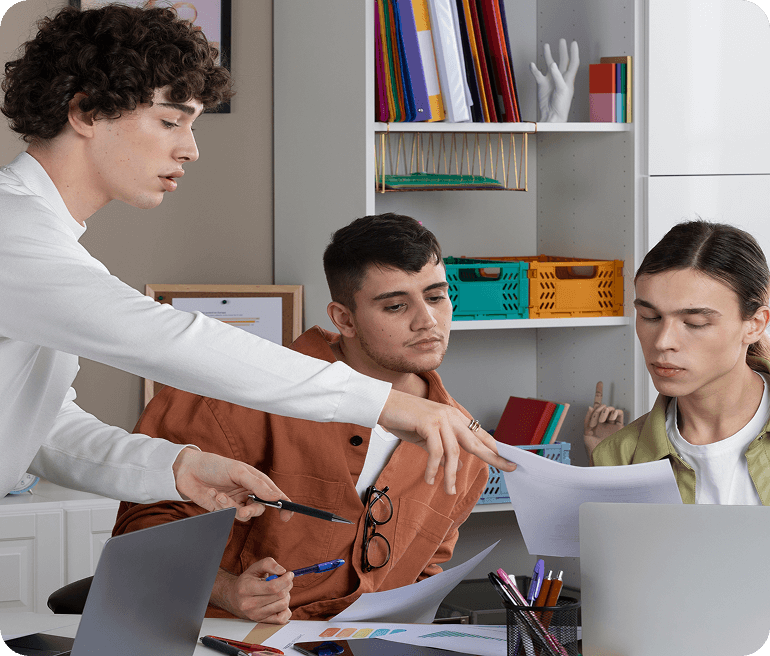Understanding the Respond to a Situation Task in PTE Academic, UKVI & Core
The situation will tell you what you need to say in order to give the right answer. You
will have twenty seconds to get ready for the PTE Core, and you will have forty seconds
to talk. This task tests your ability to say what you want to say in a way that is
clear, natural, and appropriate for the setting, whether it's in the workplace or in
everyday life.
This test does more than just check your speaking skills; it also checks your ability to
explain yourself correctly in this situation. You need to understand what's going on,
act quickly, and come up with a creative, well-thought-out answer.
The Respond to a Situation task measures how well you can communicate ideas in real
life, so getting good at it could greatly improve your scores on the Speaking part. If
you study well and practice a lot, you'll be sure you know how to answer all the
questions on the test.












